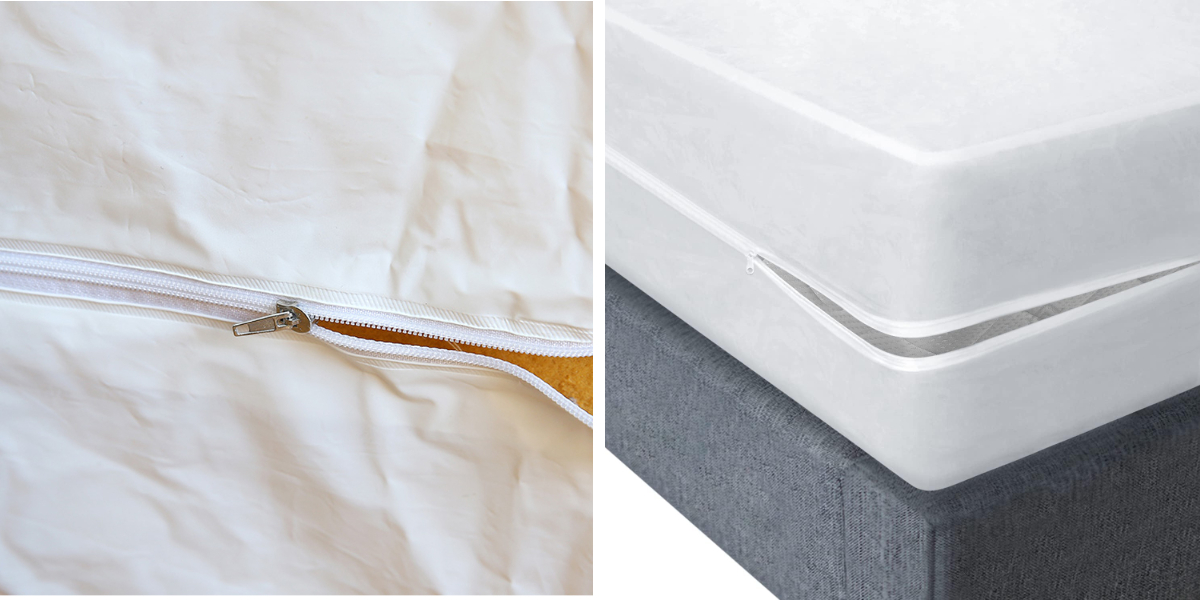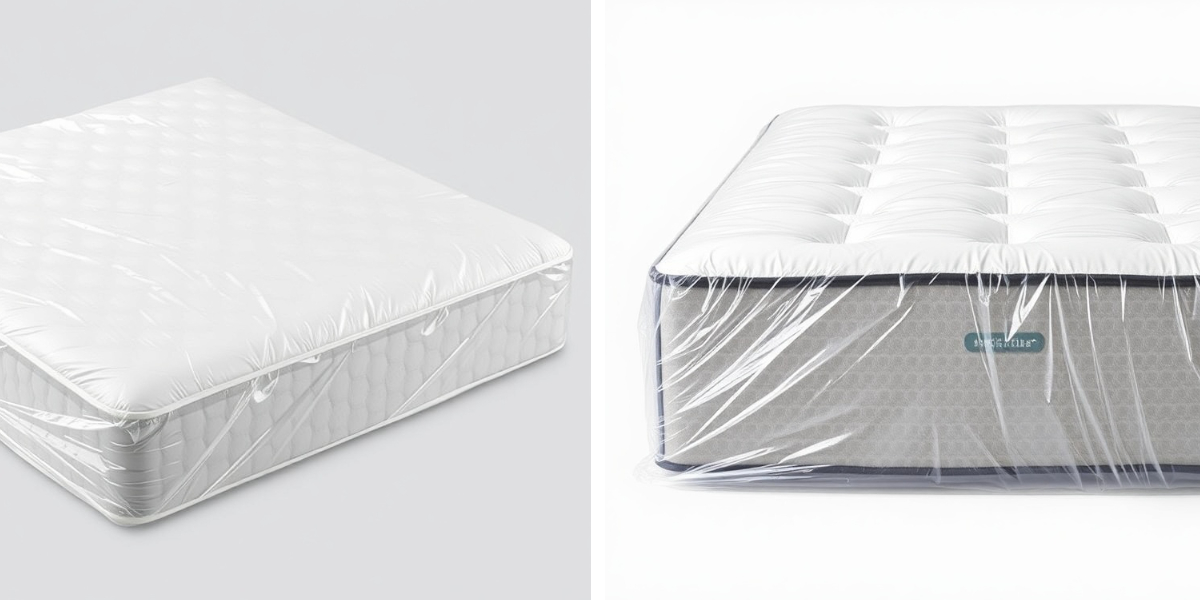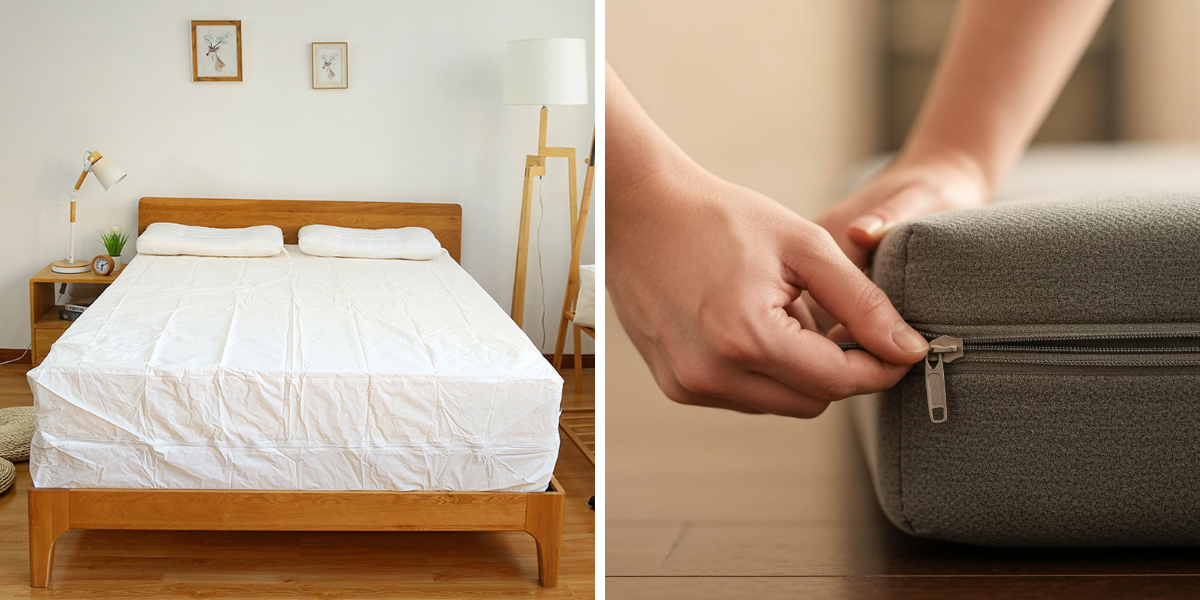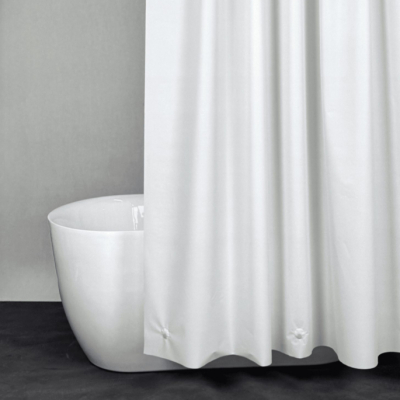Mattress Bag vs. Mattress Cover for Moving: What’s the Difference?
When you're packing up for a move, your mattress is one of the most important—and awkward—items to deal with. It's heavy, bulky, and not something you want to get dirty or damaged. That’s where Mattress Protectors come into play. But when you start searching for the best way to protect your mattress, you’ll come across two main options: mattress bags and mattress covers for moving.
At first glance, they might seem like the same thing. But they’re actually built for different purposes, and choosing the wrong one can leave your mattress vulnerable to dust, moisture, and even bedbugs during the move. So, what’s the real difference—and which one should you use?
What Is a Mattress Cover for Moving?
A mattress cover for moving is designed to be a lightweight, often reusable protective layer that shields your mattress from dirt, scuffs, and surface moisture. It usually comes in the form of a fabric or plastic zippered protector that fits snugly over your mattress like a fitted sheet—only much tougher.
You’ll find options like:
Plastic mattress cover for moving – affordable and water-resistant
Zippered full size mattress protector – great for keeping out dust and allergens
Breathable mattress covers – ideal for short-term storage or indoor moves
They're best used when you're moving across town or protecting the mattress during home renovations. Some high-quality waterproof mattress covers for storage are also dual-purpose—you can use them long-term, even after the move.
What Is a Mattress Bag?
A mattress bag, on the other hand, is built for more heavy-duty protection. Think of it like a giant plastic envelope. It’s usually made from thick polyethylene or other tear-resistant plastic, and it’s meant to protect your mattress from serious hazards—like rain, mud, or tearing on a moving truck.
Types of mattress bags include:
Heavy duty mattress bag for moving – often with 3-5 mil thickness and handles
Mattress bag with vent holes – reduces mold risk during storage
Mattress bag with adhesive flap – for easy sealing without tape
They're especially useful for long-distance moves or when you're using third-party movers and can’t control how the mattress is handled.
Mattress Cover vs. Mattress Bag: The Key Differences
| Feature | Mattress Cover for Moving | Mattress Bag |
|---|---|---|
| Material | Fabric or thin plastic | Thick plastic (3–5 mil) |
| Reusability | Often reusable | Usually single-use |
| Protection Level | Moderate – dust, light moisture | High – rain, rips, rough handling |
| Breathability | Yes (some versions) | No (unless vented) |
| Ease of Use | Easy to slip on and zip | May require tape/sealing |
| Best Use Case | Local moves, short storage | Long-distance moves, heavy-duty protection |
So, Which One Should You Choose?
Go with a mattress cover for moving if you're doing a short-distance move, handling things yourself, or just want to keep dust off during transport or storage.
Choose a heavy duty mattress bag if your move involves unpredictable weather, lots of stairs, a storage unit, or professional movers. It’s extra insurance for your mattress.
For some, the best move is using both: slip on a breathable mattress protector first (especially if you already use one at home), then add a mattress bag over it for added durability.
Final Thoughts
Your mattress is an investment—it deserves better than being tossed bare into the back of a moving truck. Whether you go with a mattress cover for moving or a heavy-duty mattress bag, the goal is the same: keep it clean, dry, and damage-free. If you're still on the fence, think about your route, the weather, and how much you're lifting that mattress. That’ll point you in the right direction.
✅ Pro Tip:
If your mattress is going into storage for more than a week, use a full size waterproof mattress protector under the cover or bag to prevent moisture buildup and mold.
Want help choosing the right one? We’ve got recommendations based on mattress size, material, and even zip strength—just ask!






